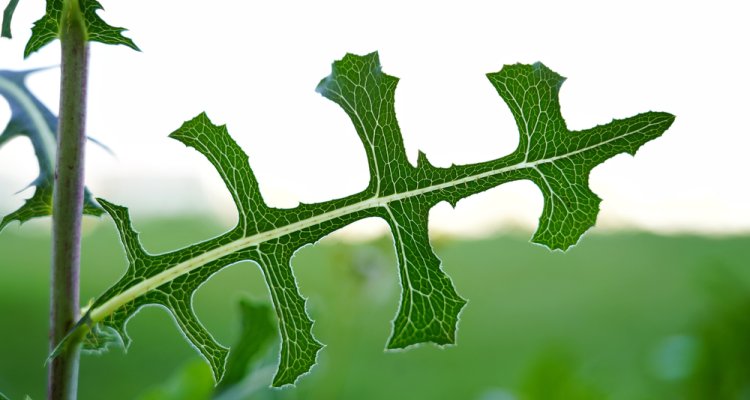
Project
Genomics and Evolution of Lettuce Crop-Wild Relatives
Domesticated lettuce (Lactuca sativa of the plant family Asteraceae) looks and tastes quite different than its wild relatives which for example usually have spines and milky latex in their leaves. The domestication of lettuce also meant the species went through a genetic bottleneck and thus lacks diversity in pathogen and pest defense genes.
We want to understand the evolution of the genus Lactuca and to find new sources of resistance and genes for novel traits. Thus, we have undertaken fundamental phylogenetic studies of the genus, including species sampling of Lactuca species from Asia and Africa to get a more complete and robust evolutionary framework. We have also completed whole genome sequencing and assembly of two of the most important sources of novel resistance genes, namely L. saligna and L. virosa.
We also have also generated 500 single seed descent lines and resequencing data in collaboration with the Center for Genetic Resources (CGN) and Biosciences Group at WUR. In collaboration with KeyGene, we cloned an important gene for apomixis (specifically parthenogenesis) and demonstrated how the gene maybe useful in lettuce breeding. Finally, we are constructing a phylogenomic synteny framework for the entire Asteraceae family, with the goal of facilitating evolutionary and functional analysis for any lettuce gene to any of the nearly 40,000 other Asteraceae species.
Publications
-
Plastome-based phylogeny and biogeography of Lactuca L. (Asteraceae) support revised lettuce gene pool categories
Frontiers in Plant Science (2022), Volume: 13 - ISSN 1664-462X -
A PARTHENOGENESIS allele from apomictic dandelion can induce egg cell division without fertilization in lettuce
Nature Genetics (2022), Volume: 54, Issue: 1 - ISSN 1061-4036 - p. 84-93. -
A mixed-model QTL analysis for salt tolerance in seedlings of crop-wild hybrids of lettuce
Molecular Breeding (2014), Volume: 34, Issue: 3 - ISSN 1380-3743 - p. 1389-1400. -
Phylogenetic relationships within Lactuca L. (Asteraceae), including African species, based on chloroplast DNA sequence comparisons
Genetic Resources and Crop Evolution (2017), Volume: 64, Issue: 1 - ISSN 0925-9864 - p. 55-71. -
The genome of Lactuca saligna, a wild relative of lettuce, provides insight into non-host resistance to the downy mildew Bremia lactucae : Lactuca saligna genome
(BioRxiv ) -
Genome assembly and analysis of Lactuca virosa: implications for lettuce breeding
G3: Genes, Genomes, Genetics (2023), Volume: 13, Issue: 11 - ISSN 2160-1836